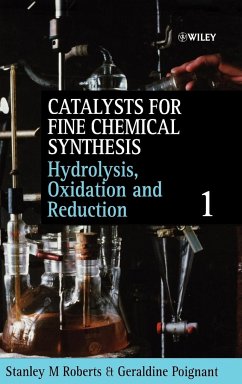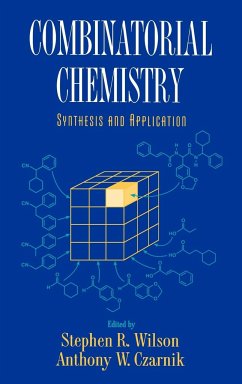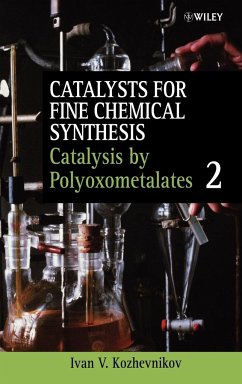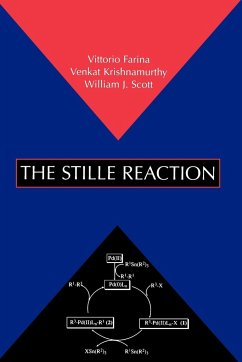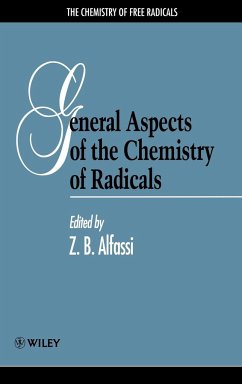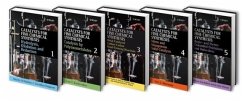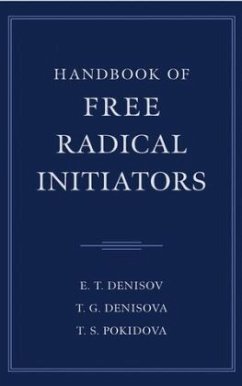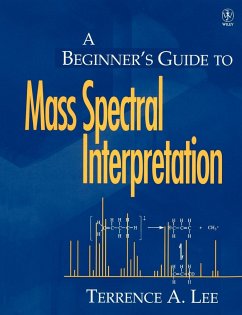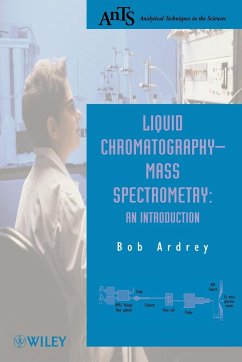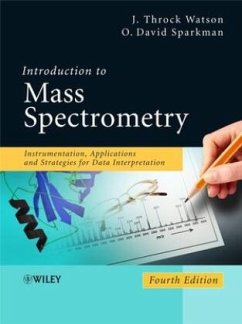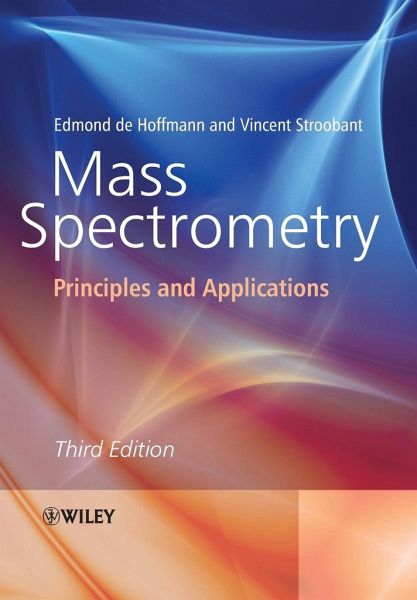
Mass Spectrometry
Principles and Applications

PAYBACK Punkte
35 °P sammeln!
Diese Ausgabe wurde auf den neuesten Stand gebracht, um die, die mit der Anwendung oder dem Studium der Massenspektroskopie beginnen, zeitgemäß an das Thema heranzuführen. Der Autor deckt in den Kapiteln über Ionenquellen und Verfahren der Ionisierung, Massenanalyse, Ionennachweis und Fragmentierungsmuster die Grundlagen des Themas ab, schließt aber auch Kapitel über Tandem-Techniken (Gas- und Flüssigkeitschromatographie - Massenspektrometrie und Massenspektrometrie - Massenspektrometrie) und über atomare Massenspektrometrie einschließlich induktiv gekoppelter Plasma-Massenspektrometr...
Diese Ausgabe wurde auf den neuesten Stand gebracht, um die, die mit der Anwendung oder dem Studium der Massenspektroskopie beginnen, zeitgemäß an das Thema heranzuführen. Der Autor deckt in den Kapiteln über Ionenquellen und Verfahren der Ionisierung, Massenanalyse, Ionennachweis und Fragmentierungsmuster die Grundlagen des Themas ab, schließt aber auch Kapitel über Tandem-Techniken (Gas- und Flüssigkeitschromatographie - Massenspektrometrie und Massenspektrometrie - Massenspektrometrie) und über atomare Massenspektrometrie einschließlich induktiv gekoppelter Plasma-Massenspektrometrie (ICPMS) ein. Wie bei allen Büchern der ACOL-Reihe sind Fragen zur Selbstüberprüfung und deren Lösungen enthalten.





